Across the album, Toh Imago finds inventive ways of opening a dialogue between nature and machine, both literally and metaphorically, creating a soundscape that both feels like and was created by the natural world that surrounds him. Refuge is thus a plea for a rurality precious to Toh Imago.
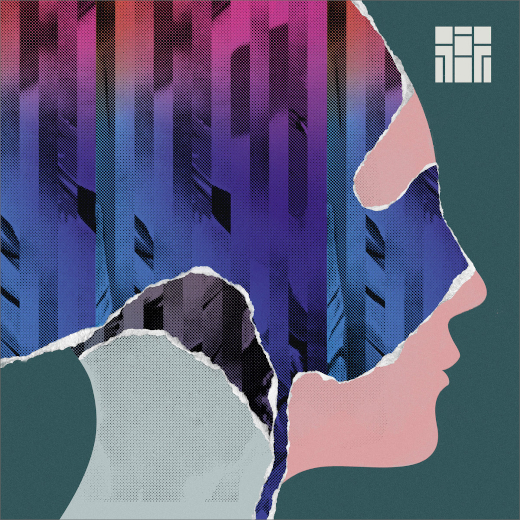
Groundedness created by the natural world that surrounds the listener
Refuge was recorded on the edge of the Mormal forest, in the North of France, near the Franco-Belgian border. While you’re in the area, you can wander around the natural setting. As the artist’s inner world and nature converge in moments of self-reflection, so the album’s 11 tracks harmoniously unfold in a cavalcade of machines and organic sonorities. Refuge is thus a plea for a rurality framed or sometimes broken up in easy techy beats, a dialogue between nature and machine with ambience, racy and subtle electronics, and the memories of lichens clinging to your shoes. While in this very walkable arboretum, you can savor the synthesizers and field-recordings, as well as the acoustic qualities of reverberations from the nearby forest, a museum of life with a story of its own, commingling machines and organic sonorities, the feeling of groundedness created by the natural world that surrounds the listener.
“All the machines used during the album recording are tuned at 432hz, carrying the mystical benefits of Earth’s resonance. Spending just seconds with the opening track, the listener is drawn into the safety that Refuge was intended to provide, and each subsequent piece pulls you deeper and deeper into the album’s forest.”
An inner journey divided in three chapters ::
Like the footprints taken on a walk in the woods, the 11 tracks musically tell the story of an inner journey divided in three chapters: “Asile sauvage,” “Sylve barbare,” and “Avril Mormal.” Each track has found a way to lure the listener into a range from ambient floatation to fast-paced progression of rhythms.
“Refuge is about being present and the desire to re-contextualize the relationship between nature and humans,” the composer contributes to our perceptions. “It was really an experimentation and we only knew what it would give. The result is completely up to our expectations, the sounds (samples and synths) sent in the forest gives a unique natural reverb, especially when associated with the original “dry” sounds. And then these forests give life to this album. It is a record of uplifting tones that is filled with optimism, imbued with the lightness of those who finally reconnect with nature, their roots, and the feeling of groundedness.”
Toh Imago is a paradoxical producer. On the one hand, his records are constructed from “concrete” samples of nature, an industrial site, oceans or childhood VHS tapes, the very places they are meant to emulate. On the other hand, he fashions an imaginary place into which his creator and his listeners can transport themselves—an imaginary club where one can dance the night away from the comfort of one’s own home or from a train looking out the window.
“I went into the forest with my colleague and sound engineer Olivier Vasseur to send/project sounds (sample or synth) into the forest, re-record them and benefit from the natural reverberation. To go into the forest, to get away as much as possible from human sound pollution, to then listen to nature and mix artificial sounds, it was a very satisfying experience.”
Step right this way, “Précieux Atavisme” (3:30), which might translate as precious atavism, or somehow reverting to the ancestral, steps with dramatic developments, with orchestral synth and bird sounds, a crackly voice. We are in a wild asylum. I love the fast-paced progression of rhythms, beats bouncing sometimes with a dance feeling with fragmented voices and singers, water with birds and eventually we come to a pond or maybe a stream, the water sound of paddling?
“Asile Sauvage” (4:02), yes, paddling and splashing in a forest aquascape, rhythmically until a sly beat enters and takes over as we now head deeper into the forest with a singing keyboard and odd sounds mixed in, people’s voices, rushing water and birds, ensconced within a fast-paced progression of rhythms, “Sylve Barbare” (3:51). Let me say that I am dazzled by the poppin’ beat. There is some odd human activity in the mix, the cadence and grunts of boot camp? When the heart of the forest is reached, the journey becomes more intimate, revealing a sacred space where breathing becomes the leading tempo and the traveler becomes a spirit lost in space. Like a bird, the true keepers of the woodlands.

Change happens again, we are inside a more relaxed and amusing blend of rhythm sequences after the nearly urgent push of the previous track, this is “Cité Peupleraie” (3:54) which might mean Poplar City, named for the species of tree, part of the vast willow family common in the northern hemisphere. I hear deep within the mix wavy and sometimes lost voices, odd sound fragments and eventually the beats take over. To me there is at times an almost carnival sound heard in the distance, listening to the breezes while dancing in the forest.
When the heart of the forest is approached, the journey becomes even more intimate, revealing a sacred space where breathing becomes the leading tempo, pim pam pum.
“Avril Mormal” (4:56) brings changing rhythms, playful voices and beats with fast-paced progressions of propulsive sound. More changes happen, suddenly we are really close. The breathing is steamy, “Locus Neminis” (4:10) which might mean something like “no man’s place” and the beat tests the situation, mysterious and steamy, then the beat comes together and we pick up. Now the breathing is right in your ear. Until “Cosmos Intra” (3:37) where the traveler becomes a spirit lost in space, feel the faster paced layers and shivers. Capering about, spinning in the sticks and then rising into the air.
“Komorebi” (5:01) is a word in Japanese for sunlight filtering through trees, the feeling is slower with more odd sounds to try to explain (I suggest that you just let it happen without explanation), this track has a sustained opening followed by building intensity with new patterns, then levels up into a breezy funk stained dance beat.
The beat pulls us all on through ::
The arboreal part of this journey’s climax is reached with “Monde intérieur” (4:21), the inner world. Behold looped voices and fragments, the beat pulls us all on through. “Fugue” (2:24) leads us into the breakout, pressure builds and rattles munch, then new tensions emerge. They continue to build, then turn hollow and fade. The forest birds have never completely vanished from the memory of the mix and they are back now. Prepare for the new dimension. Here is the thrilling conclusion: “Chiffchaff” (4:04), could maybe be translated as biff baff riff raff? Splish splash, bim bam boom? Now the deep commanding conventional trapezoid drums emerge, for me I experience forward motion with a new beat that accompanies my ears into a bumping reality, with those big drums and dreams. The birds of the forest prevail in the end of course.
“Music is taking sounds and noises and taking them out of context, rearranging them to give them meaning. The way a musician will rearrange and shape the sounds (whether they come from an instrument or are concrete samples) will give them a different meaning. Context is important, listening to the sound of nature is nice but listening to a Bernie Krause record at home takes on a whole new meaning. On my album Refuge, with my sound engineer Olivier Vasseur, we went into the forest and thanks to a bluetooth speaker, we sent synth sounds into the forest that we re-recorded. So the music I created melts into the one created by nature. So everything is music here.”
After spending his debut album exploring techno and mechanical sounds in the depths of the Pas-de Calais mines, Toh Imago looks up to the sky, with an open breeze on his face, as tree branches and canopy filter out the sun’s rays on Refuge. With nature as a setting and as his studio accomplice, the album features the acoustic qualities of reverbs from the nearby forest. Across the album, Toh Imago finds inventive ways of opening a dialogue between nature and machine, both literally and metaphorically, creating a soundscape that both feels like and was created by the natural world that surrounds him. Refuge is thus a plea for a rurality precious to Toh Imago.
“Listening is the meaning that each person will give to the sounds he hears and it is there that the music is created. The artist will create his music with his references and his history, the listener will interpret it in his own way. In electronic and instrumental music, listening is important, the listener has the freedom to create his own universe from the musician’s. Abstraction is important to make our brain work and create our own images.”
Toh Imago`s Nord Noir was released in 2019 followed by Opalis Fm in 2020 and now Refuge in early 2023.
“I’m already thinking about the next album, I’m in the middle of experimenting and collecting sounds. I would like to explore a new way, I would like to think about all the sounds that forge a personality and how the memory interprets in the present the sounds assimilated and integrated in the past. I try things, maybe it will work, maybe it won’t…”
Refuge is available on InFiné. [Bandcamp]






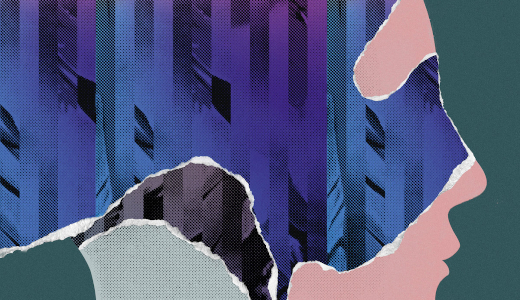






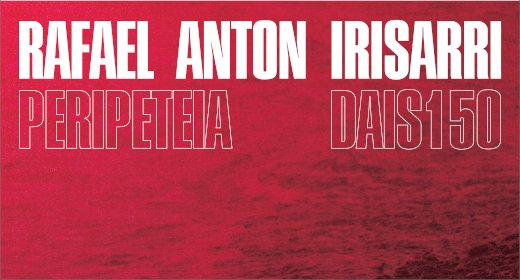
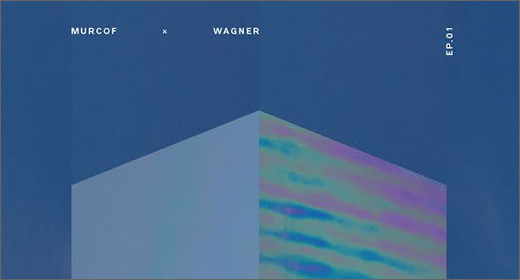
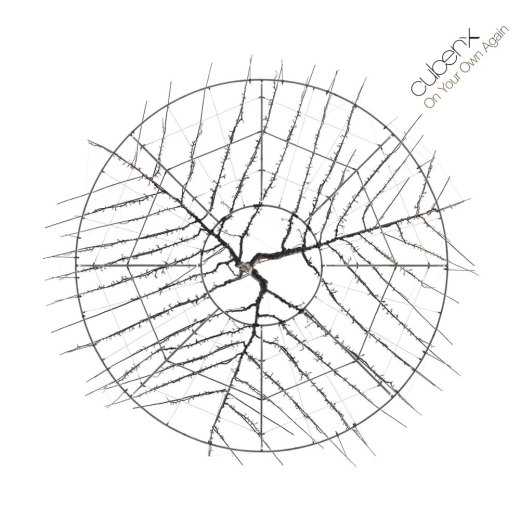


![Pole :: Tempus Remixes (Mute) — [concise]](https://igloomag.com/wp/wp-content/uploads/2025/04/pole-tempus-remixes_feat-75x75.jpg)






![Hasbeen :: Bunker Symphonies II (Clean Error) — [concise]](https://igloomag.com/wp/wp-content/uploads/2025/04/hasbeen-bunker-symphonies-ii_feat-75x75.jpg)
